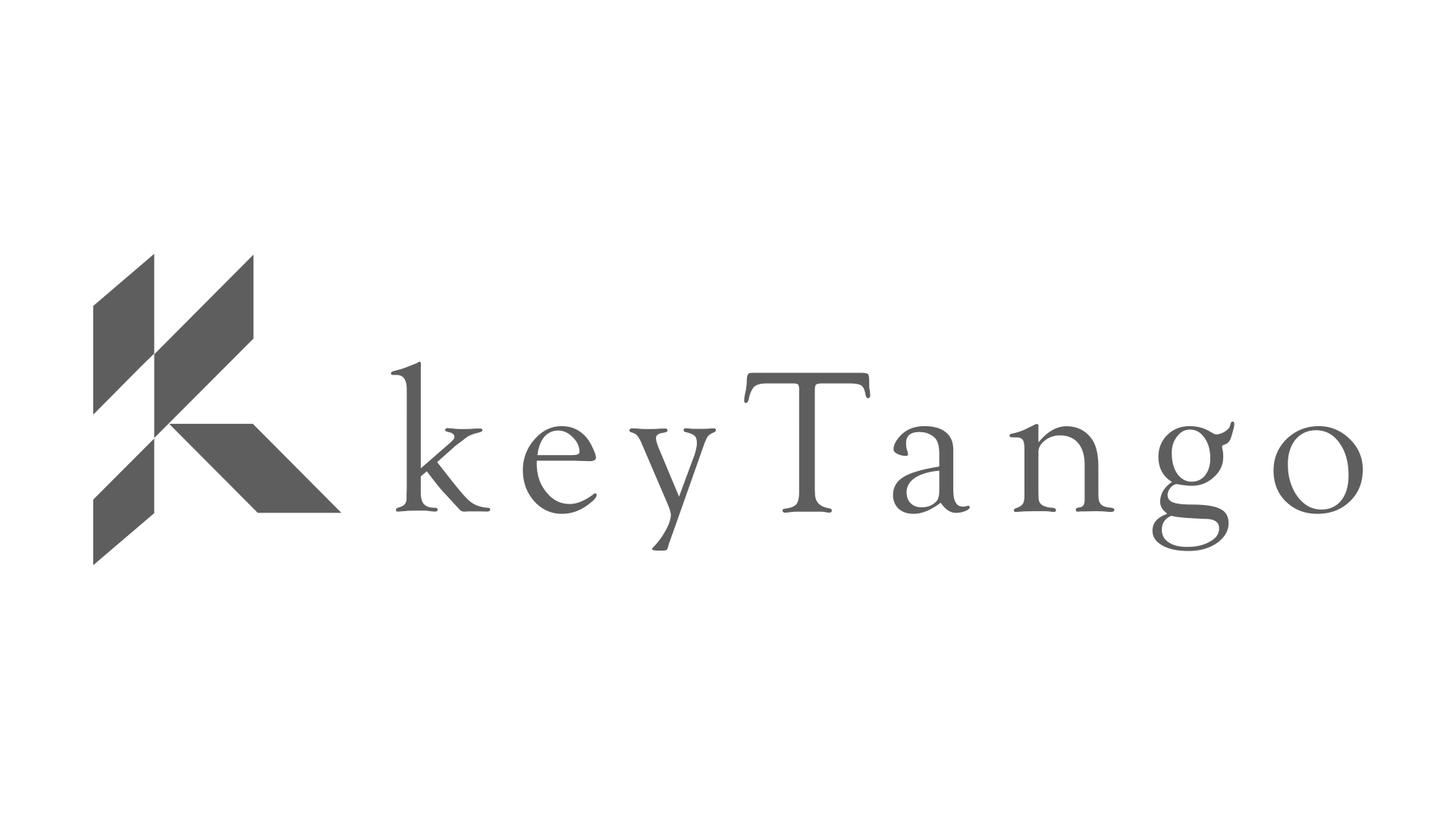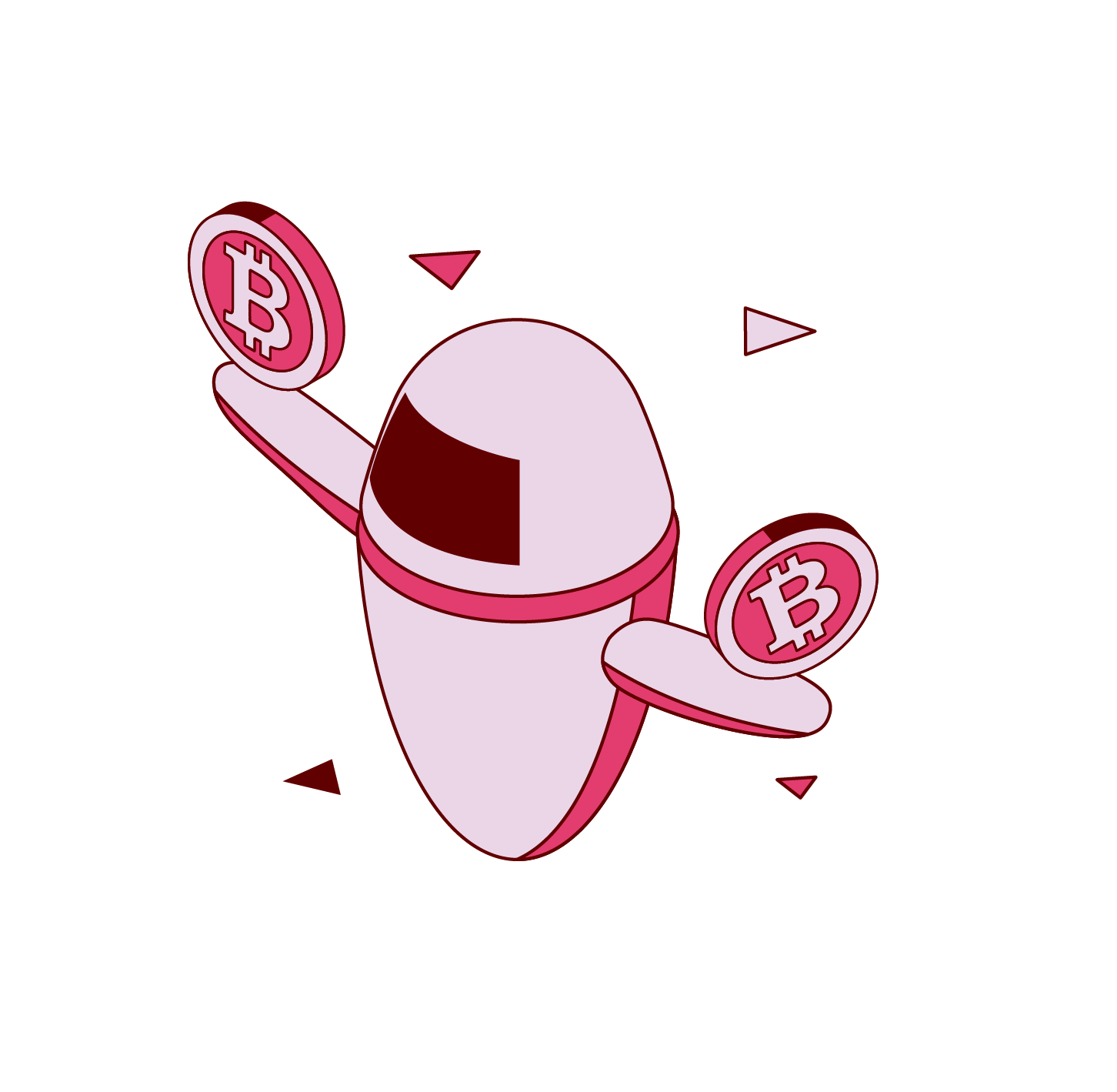Derivatives Explained
Derivatives are financial instruments that reference an underlying asset. The price movements of derivatives are, in large-part, a function of the movement of the underlying asset. Derivatives are designed to expose market participants to alternative risks, or propositions – associated with the underlying. Derivative markets typically dwarf the size of the markets of the underlying asset they reference. They are widely used for hedging purposes, leveraged exposure and other important risk strategies.
Derivatives run the gamut of being highly standardized and exchange-tradeable, to esoteric and complicated contracts that require heavy legal involvement in order to trade and settle. Given the variance in standardization, some derivatives are proving easier to implement than others in a DeFi setting. The requirements to create derivatives will be informed by DeFi coin trading and lending platforms that ingeniously solved the issues of sourcing liquidity, margining and other protocol parameters.







